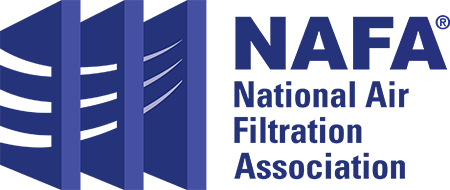How Many Types of HEPA Filters Are There?
June 29, 2011
According to the Institute of Environmental Science and Technology, (IEST) with regard to performance, there are 6 types – A, B, C, D, E & F. Each has its own distinct characteristics as shown by chart 1 below.

Note: Either of the two test methods or an alternative method may be used for filter types C, D, E and F, if agreed upon between the buyer and seller. Equivalency of the alternative test method should be determined jointly by the buyer and seller.
Because of the fragile nature of HEPA filters, they may be damaged in transit or upon installation by less-than-knowledgeable technicians. Types of damage include fractured frames from stacking in trucks, punctured media due to objects penetrating the shipping carton, filters that are dropped when being handled, filters stored incorrectly, and finally filter media integrity damaged upon installation. In order to assure that factory tested HEPA filters do not have pin-hole “leaks” and that gasketing and frames are leak free, in-place testing with heterogeneous (cod) dioctyl phthalate (DOP) or suitable substitute is highly recommended. This process introduces cold DOP upstream at a concentration of 10-29 micrograms/liter of air and utilizes a forward light scattering photometer to scan downstream to detect leaks greater than 0.01% of upstream concentration.
A HEPA filter is only as good as its gasketing and framing when installed and because all HEPA filters are used in critical applications, in-place HEPA filter testing should be mandatory.
Footnotes:
1 Chart 1 – NAFA Guide to Air Filtration, 3rd Edition, pp 5.6. IEST-RP-001-86, IEST-RP-CC001.3.
